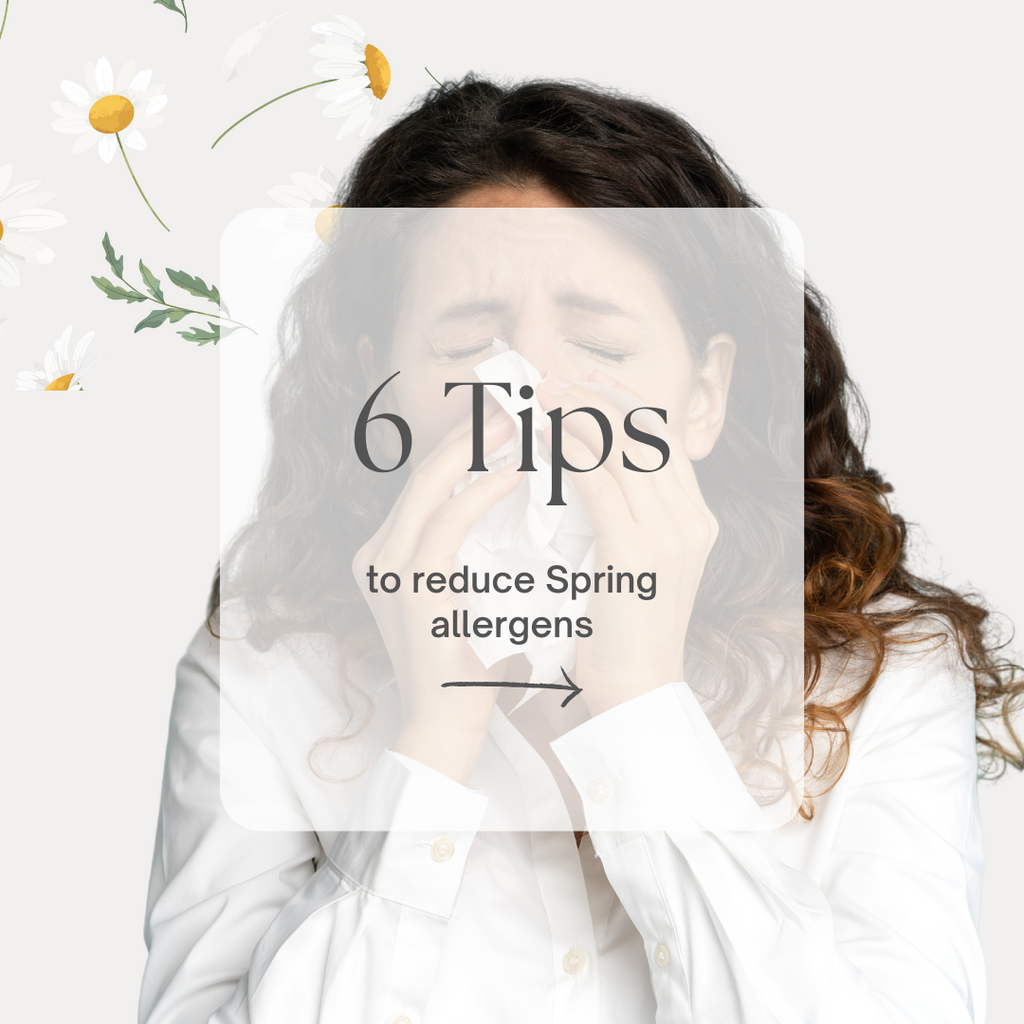Pollen allergy season seems to get worse every year. Hotter temperatures translate to more potent pollen, which comes from trees, grasses, flowers, and weeds, for a longer period of time. And while you can't do much to control the weather, you can manage your indoor environment. Start by seeing an allergist to identify your triggers, such as pollen, dust mites, or pet dander. Then make some simple but powerful changes to allergy-proof every room of your home.

- Cut outdoor allergens off at the door.
Pollen particles cling to your shoes as you enter your home. To avoid tracking outdoor allergens inside, create a spot to remove shoes in the entryway. Implement a no-shoes policy and use an indoor mat to catch footwear right inside the door. Vacuum this area often during allergy season. Place a doormat outside (a water-resistant mat works well) to wipe off shoes before you cross the threshold.
- Vacuum your floors thoroughly.
No matter what covers your floor, remember to vacuum regularly and thoroughly. And be sure to buy a vacuum cleaner with excellent filtration, to trap even the tiniest particles. A cyclonic vacuum that spins dirt away, such as the HYLA, is also a good choice. If you have wall-to-wall carpeting, get it deep-cleaned (think steam cleaning or shampooing on a regular basis if you're serious about eliminating dust mites.
- Clean fabric upholstery often.
Like carpet, fabric upholstery is a magnet for allergens. If your symptoms are bad and you can afford to redecorate, go for leather or faux leather. Pollen, dust, and dander should wipe right off. Otherwise, cover your sofa with a machine-washable slipcover and launder it (along with throws and pillow covers) weekly.

- Choose houseplants carefully.
Most indoor plants don't contain the type of pollen that plagues seasonal allergy sufferers, and they may even help clean the air by absorbing volatile organic compounds (VOCs), lab studies show. If you're determined to bring some greenery indoors, you'll need to experiment to see what works for you.
- Use an air purifier.
Keeping windows closed, running the AC, and banning pets from the bedroom should help if you're waking up congested, but you might want to take things to the next level with an air purifier. When you leave the room in the morning, turn it on and close the door behind you. You should also make sure the product can handle the size of the room you plan to use it in, especially if your space is large. We recommend the HYLA for its exceptional air-cleaning mode, or even the AERA II for smaller rooms.
- Ditch bedroom dust.
Getting rid of all the dust in your bedroom is impossible, but you can get pretty close. Start by removing decorative throw pillows and fabric curtains (since most are not washable), then pick up some dust-mite-proof encasements for your mattress and pillows. Remember to wash your bedding once a week on the hottest setting. When dusting, always go from top to bottom, because that's how the dust settles, so start with the ceiling fan and finish with the floors.



